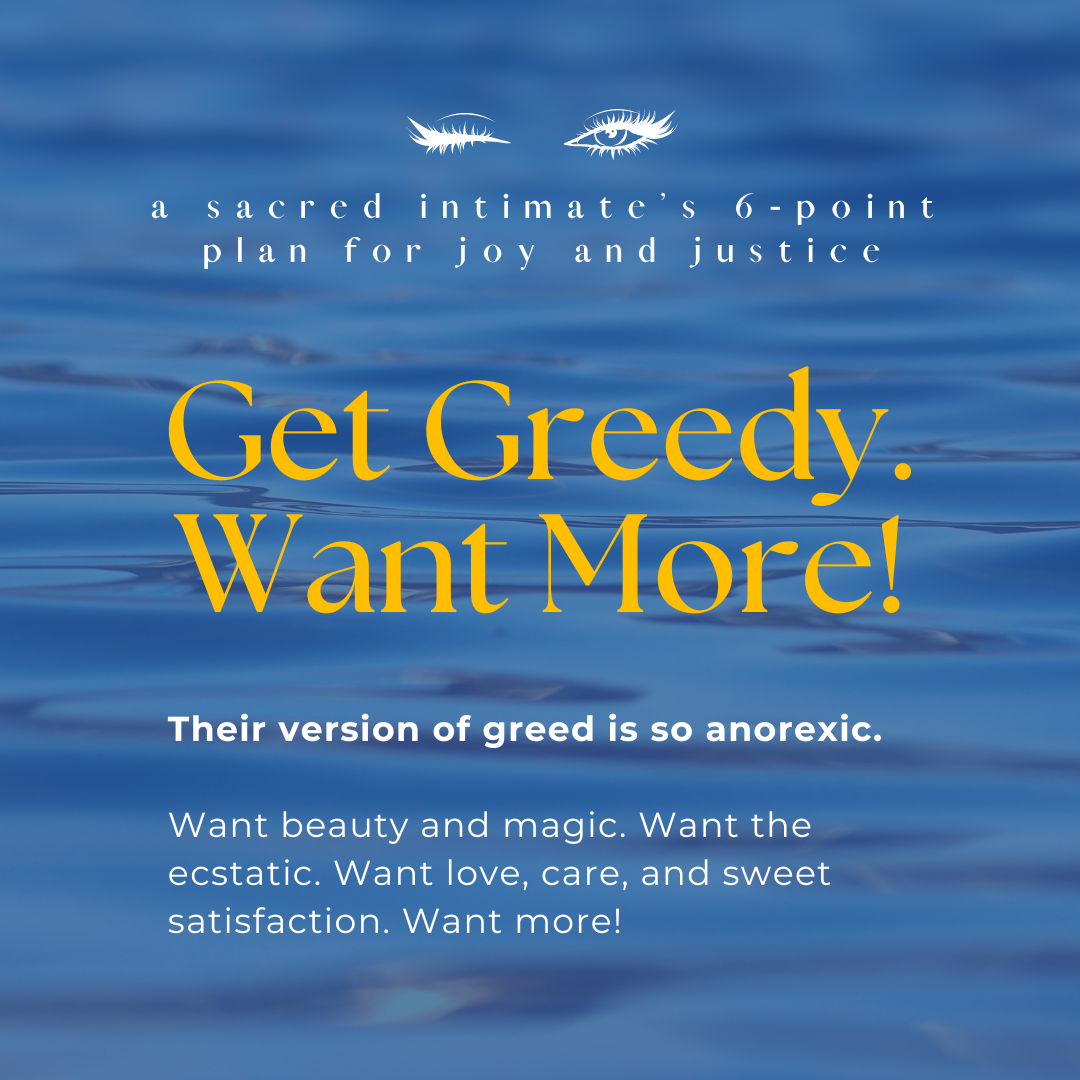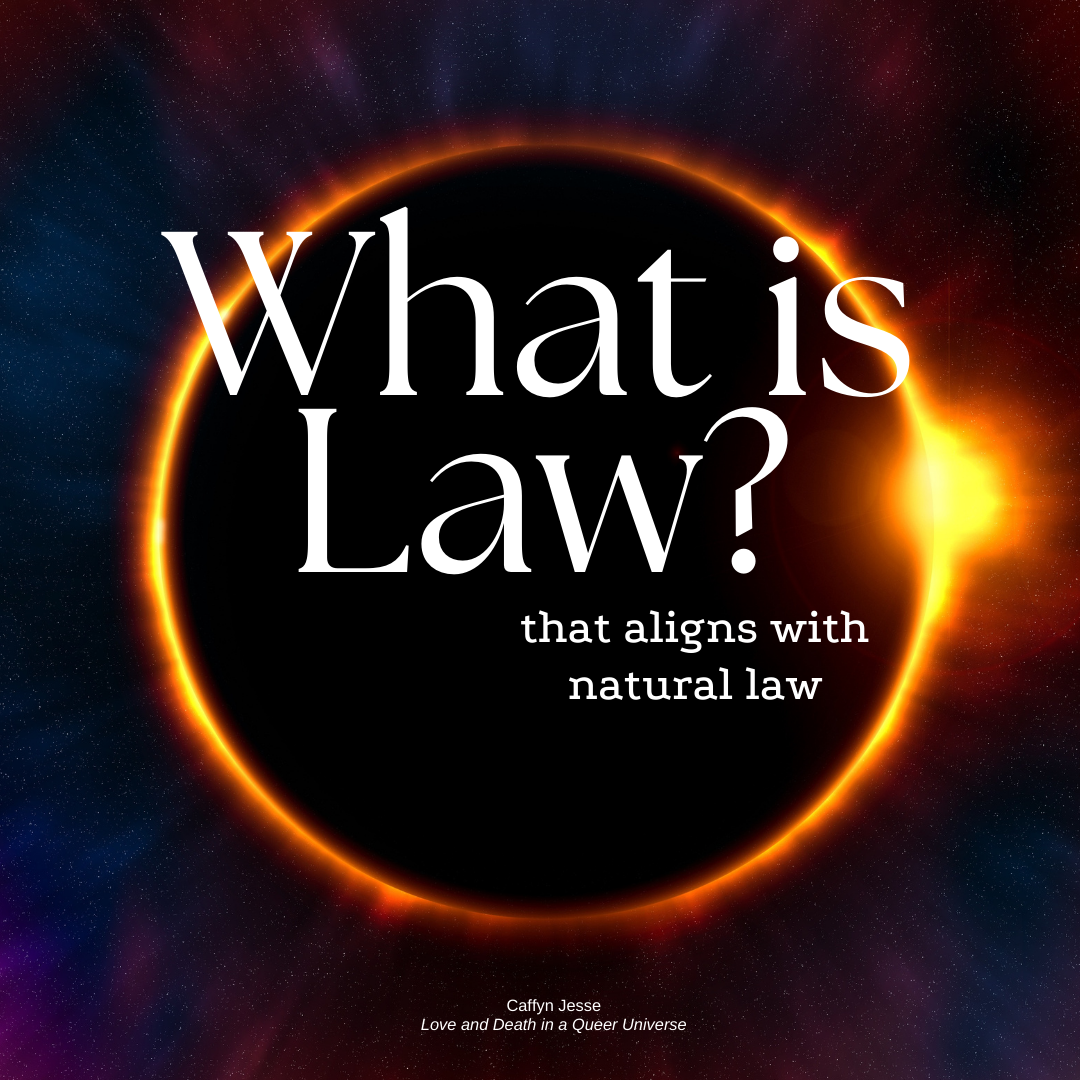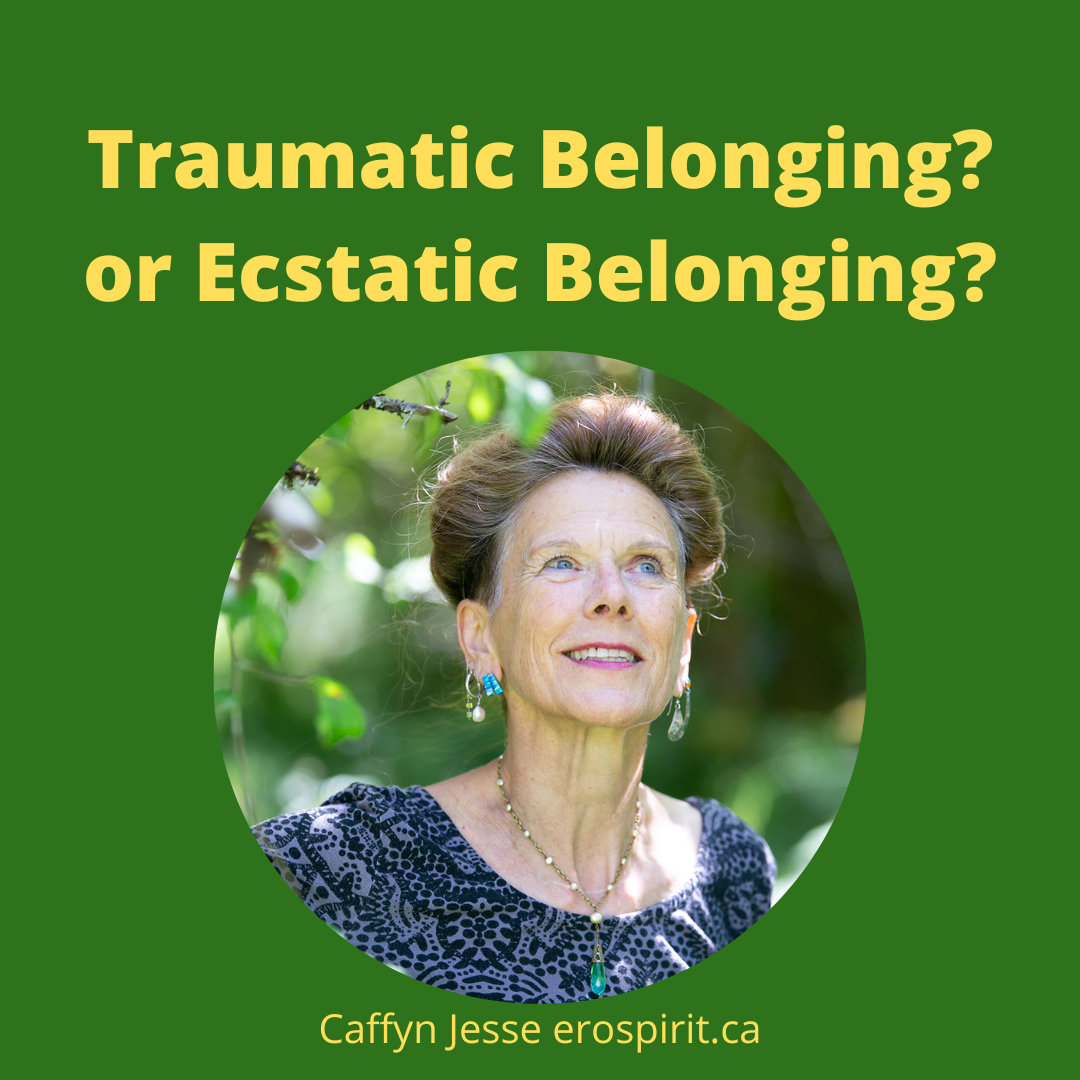
6-Point Plan
What might a social revolution led by sacred intimates demand? Here is a playful manifesto and practical 6-Point Plan. Get Greedy. Want More. Pay for Love and Intimacy. Pay Extra for Injustice. Savour Inequality. Be Unworthy of Love. learn to Die.
Beyond the Window of Tolerance
I do think ecstasy is a key resource for social change. To push against what is socially valued, and ordinary, we need to expand our nervous system capacities. Instead of seeking safety, we need to build capacity to respond to danger with courageous commitment to one another, and to our values. With ecstatic practice, we start to inhabit the full spectrum of our nervous systems. We become resourced to build a counternormative relational world.
What is Law?
In envisioning transformative justice, how do we contend with the concept of “law”? There is law as a system of rules, roles and penalties that serves a means of social control, in human societies. And then, there is the pattern language of the natural world – laws of physics, chemistry and biology. As a student of nature’s pattern language, I experience a powerful sense of excitement – and molecular realignment – whenever I encounter human words and ways that feel aligned with natural law. I experience the emergence of what adrienne marie brown identifies as: “the whole world/learning/from within.”
An Invitation to Feel Fully
I think most of us already know “We’re on the highway to climate hell,” as the UN Head told world leaders yesterday. We can’t always find words for what’s happening inside and around us, but personal and interpersonal neuroendocrine systems are responding to the ever-increasing danger. Fear is not just a good idea; it is a neuroendocrine response that impacts our souls, our intimate lives, and our relationships in communities. Even as we plan for a possible future, as if climate hell wasn’t already here, or imminent, we are manifesting embodied awareness.
